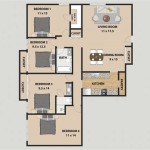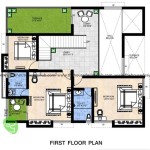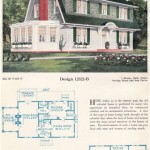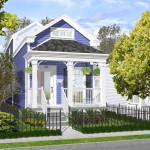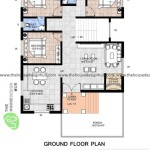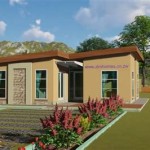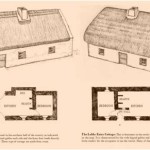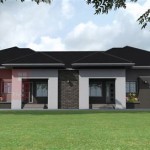Mountainside Log Home Plans
Building a log home nestled into a mountainside presents unique challenges and rewards. Careful planning is essential to maximize the breathtaking views and natural beauty while ensuring structural integrity and functionality. Choosing the right mountainside log home plan requires consideration of the terrain, climate, and desired lifestyle.
Site Evaluation and Preparation
The first step in any mountainside log home project is a thorough site evaluation. This involves assessing the slope, soil stability, and potential for erosion. Professional soil testing and geological surveys are crucial to determine the suitability of the land for construction. Steep slopes often require specialized foundation systems and retaining walls to ensure stability. Access to utilities like water, electricity, and septic systems also needs careful consideration.
Choosing the Right Log Home Plan
Mountainside log home plans often incorporate features like walkout basements, expansive decks, and large windows to capitalize on the views. Multi-level designs can effectively utilize the sloped terrain, minimizing site disturbance and maximizing usable space. Open floor plans are popular in mountain homes, creating a sense of spaciousness and connection with the outdoors. Consider incorporating natural light and ventilation to enhance energy efficiency and comfort.
Foundation and Structural Considerations
Mountainside construction often necessitates specialized foundation systems. Options may include pier and beam foundations, concrete slab foundations on grade, or a combination of both. The choice depends on the slope, soil conditions, and the specific design of the log home. Structural engineering is critical to ensure the home can withstand the forces of nature, including snow loads, wind, and potential seismic activity. Proper drainage is also essential to prevent water damage and erosion.
Material Selection and Log Styles
Log homes offer a rustic charm and natural beauty that blends seamlessly with mountain environments. Various log species are available, each with unique characteristics in terms of durability, insect resistance, and appearance. Popular choices include cedar, pine, and fir. The log style, whether milled, hand-hewn, or full-scribe, impacts the overall aesthetic and construction process. Consider the local climate and maintenance requirements when selecting log species and finishes.
Maximizing Views and Outdoor Living
One of the primary advantages of mountainside living is the opportunity to enjoy panoramic views. Log home plans should be designed to maximize these views through strategically placed windows, decks, and patios. Outdoor living spaces can be seamlessly integrated with the interior of the home, creating an extension of the living area. Features like fireplaces, hot tubs, and outdoor kitchens can enhance the enjoyment of these spaces throughout the year.
Accessibility and Driveway Design
Access to a mountainside property requires careful planning. Driveway design and construction must consider the slope, terrain, and potential for snow and ice. Switchbacks and retaining walls may be necessary to navigate steep inclines. Adequate parking and turnaround areas should also be incorporated into the plan. Accessibility during winter months is a crucial consideration, potentially requiring snow removal equipment and heated driveways.
Building Codes and Regulations
Mountainside construction is often subject to specific building codes and regulations. These codes address issues such as setbacks, erosion control, and fire safety. It's crucial to consult with local authorities and obtain the necessary permits before commencing construction. Compliance with building codes ensures the safety and structural integrity of the log home and protects the surrounding environment.
Energy Efficiency and Sustainability
Designing an energy-efficient log home can minimize operating costs and reduce environmental impact. Strategies for improving energy efficiency include proper insulation, high-performance windows, and efficient heating and cooling systems. Consider incorporating passive solar design principles to maximize natural light and heat gain. Sustainable building practices, such as using locally sourced materials and minimizing waste, can further enhance the environmental friendliness of the project.

Planning A Mountainside Log Home In New Hampshire

Log Home Plans Cabin Designs From Smoky Mountain Builders Tiny Houses To Large Homes

Mountain Log Home Feature Family Affair Timberhaven Timber Homes

Log Home Plans Cabin Designs From Smoky Mountain Builders Tiny Houses To Large Homes

Pioneer Log Home Floor Plans Copper Mountain
:max_bytes(150000):strip_icc()/whisper-creek-b65299d0def24eb28d88f38f7581e118.jpg?strip=all)
34 Best Mountain House Plans For Your Vacation Home

Hunter Mountain Log Home Floor Plan Beaver

Luxury Log Homes Beaver Mountain Cedar

17 Lovely Small Mountain Cabin Designs Ideas Log Design Rustic

10 Things To Know About Building A Log Home Bunch Interior Design Ideas

